By Anthony Duff
CGHS Senior
Hartford, CONN–Outspoken historian and social activist Rosa Clemente told a group of Common Ground Students–among other young people in a filled auditorium–that the movement known as Black Lives Matter “is breaking what needed to be broken.”
Eight students attended “It’s Bigger Than Hip Hop” at the Mark Twain House & Museum in Hartford. Clemente was joined by Capital Community College professor Femi Bogle-Assegai, and author M.K. Asante. The students were accompanied by staff members Kerry Ellington and Jessie Delia.
Sophomore Yaritza Santiago says she “learned that hip hop is supposed to be something that enlightens somebody.”
Jennifer Quaye holds the position of Post-High School Planning and is also a member of the Diversity Committee. She says these sorts of discussions are important on campus because:
We spent the past 20, maybe 30 years NOT talking about race.
The excitement of students after the event emphasized how infrequently these discussions take place. Santiago says that race is not openly discussed unless [Common Ground Teaching Assistant] Kerry Ellington is involved. At home it is barely mentioned. To explore this more deeply, different staff members were asked the question, “where do you experience racial discourse?”
For many staff members, it was through the Diversity Committee, a group whose aim is to “increase the cultural relevance of Common Ground’s curriculum, and provide targeted professional development to faculty that builds their capacity for culturally relevant teaching,” according to a recent charter school report.
Brian Kelahan teaches social studies and organizes town hall meetings at Common Ground. Although his connection to the students is limited to classes and guidance, Kelahan says with certainty that it’s difficult for staff as well as for students. Nevertheless, “we sure make a conscious effort. If the subject comes up, I don’t avoid talking about it.”
Miriam Sheffield, Student Affairs Assistant and member of the school’s Diversity Committee, sees racial discourse in meetings, from one teacher to another, and in hallway discussions. It also comes up occasionally in Professional Development.
“Race should always be talked about,” Sheffield says.
Jennifer Quaye says having a space for young people to interpret and digest information is important to the BLM movement, because “young people are really impressionable.” She says racial tension is increasing on college campuses as:
People of color come onto predominantly white campuses and are not able to learn equally… They are now challenging that inequitable power structure … demanding from institutions that they create a safe space.
The article originally appeared in the Hawk News, November 2015.

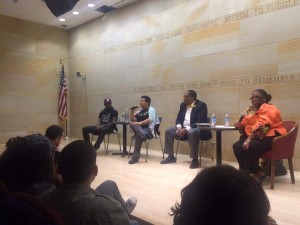
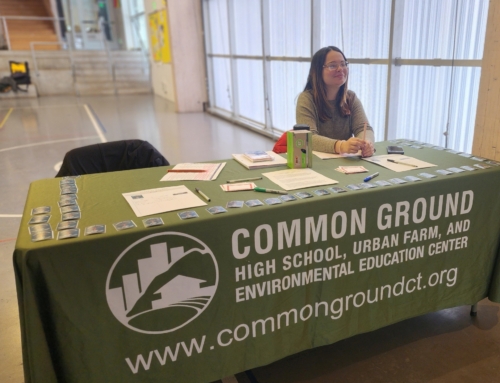

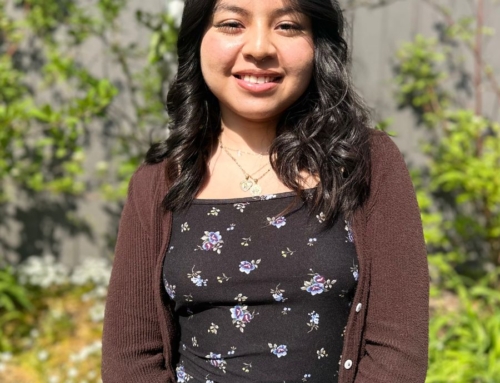
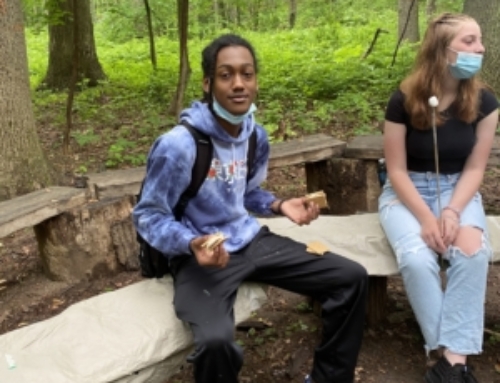
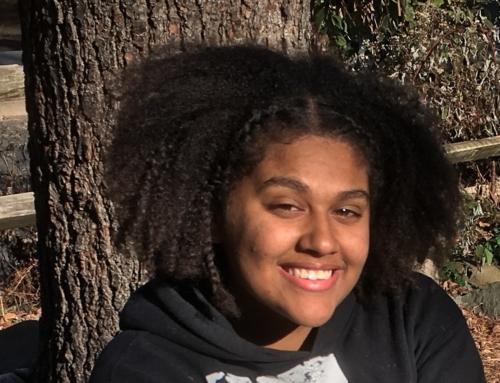
Leave A Comment